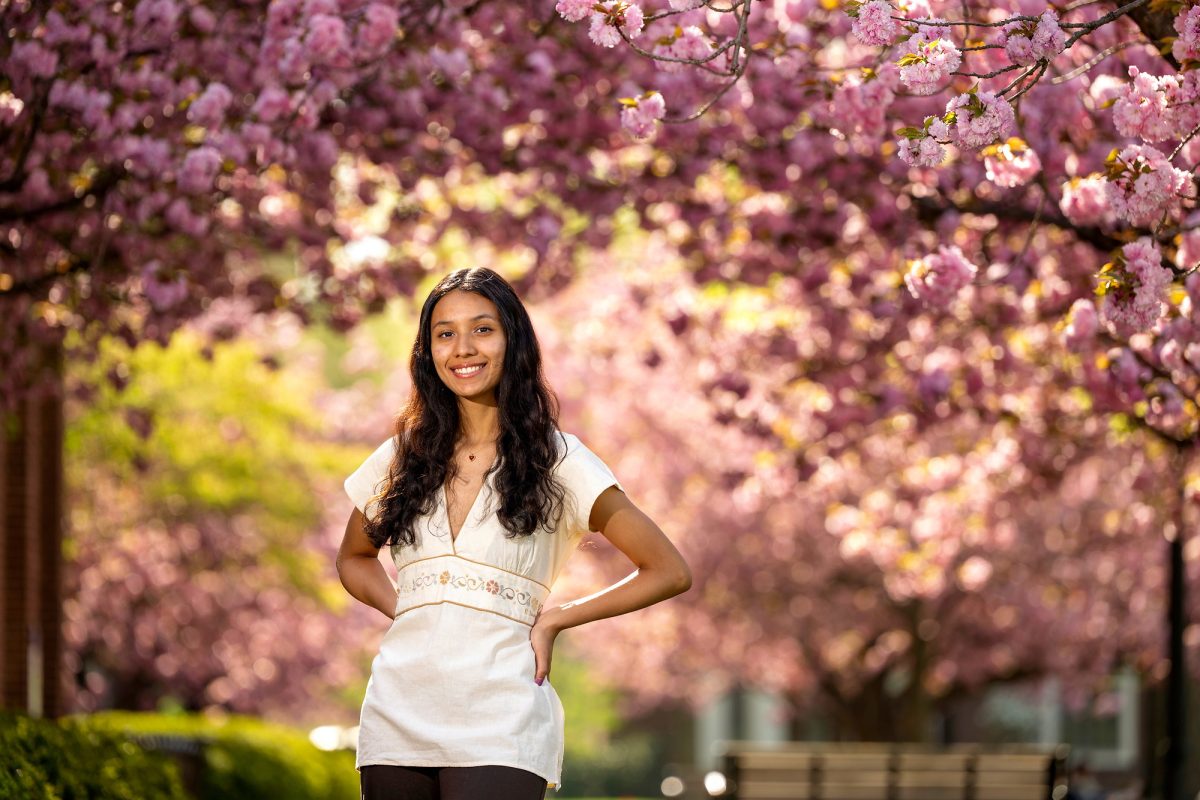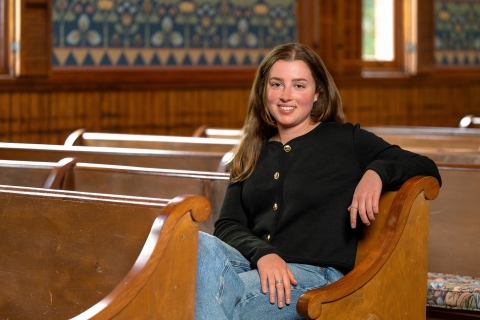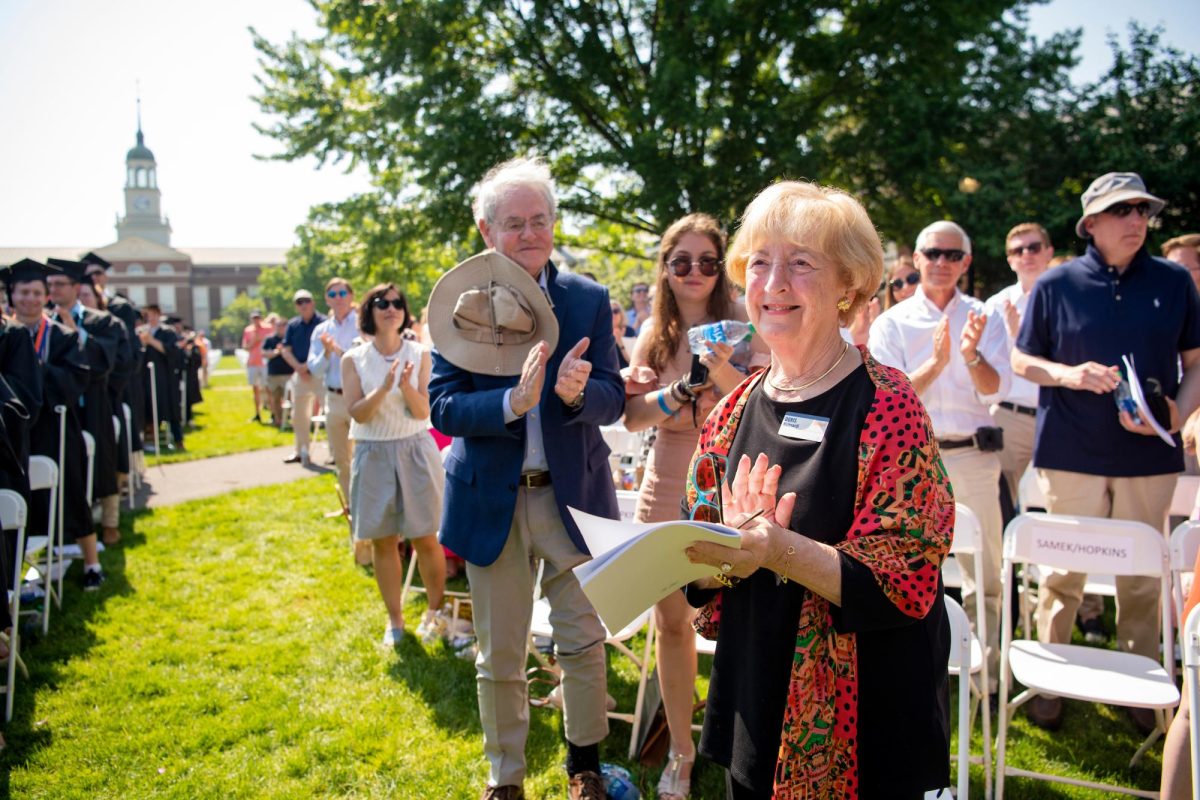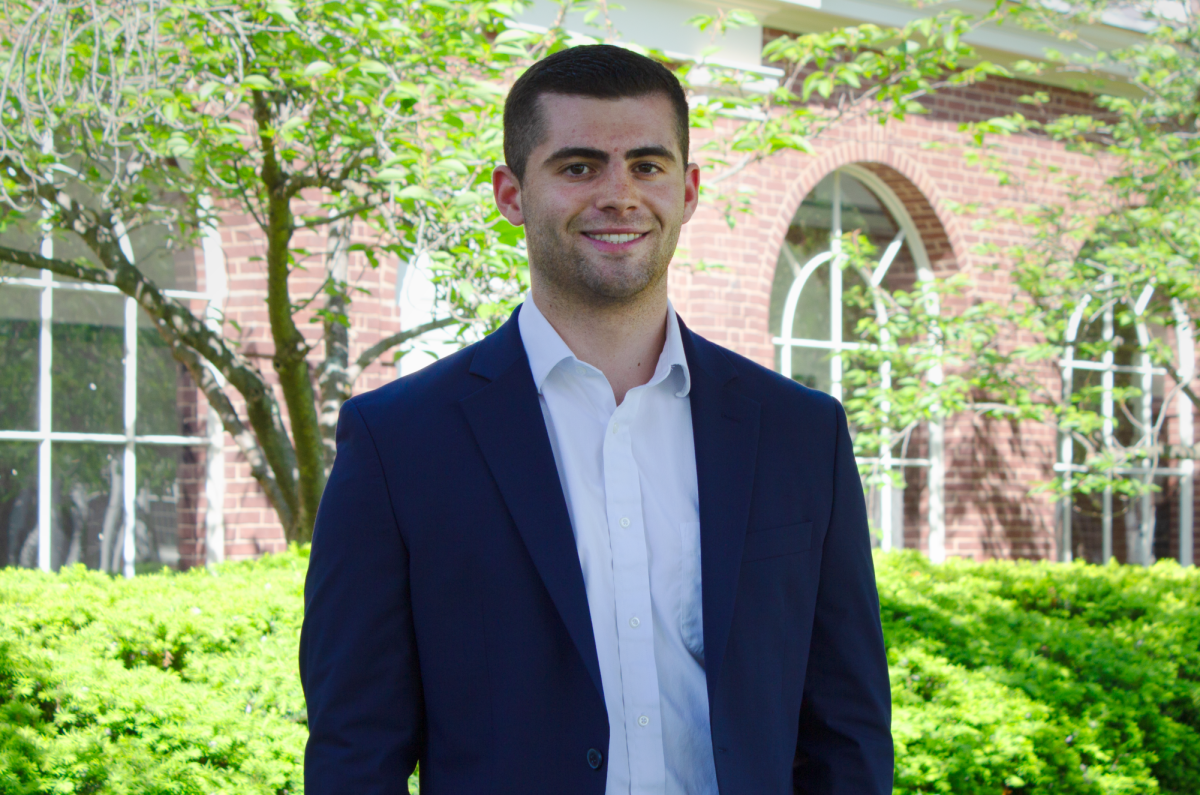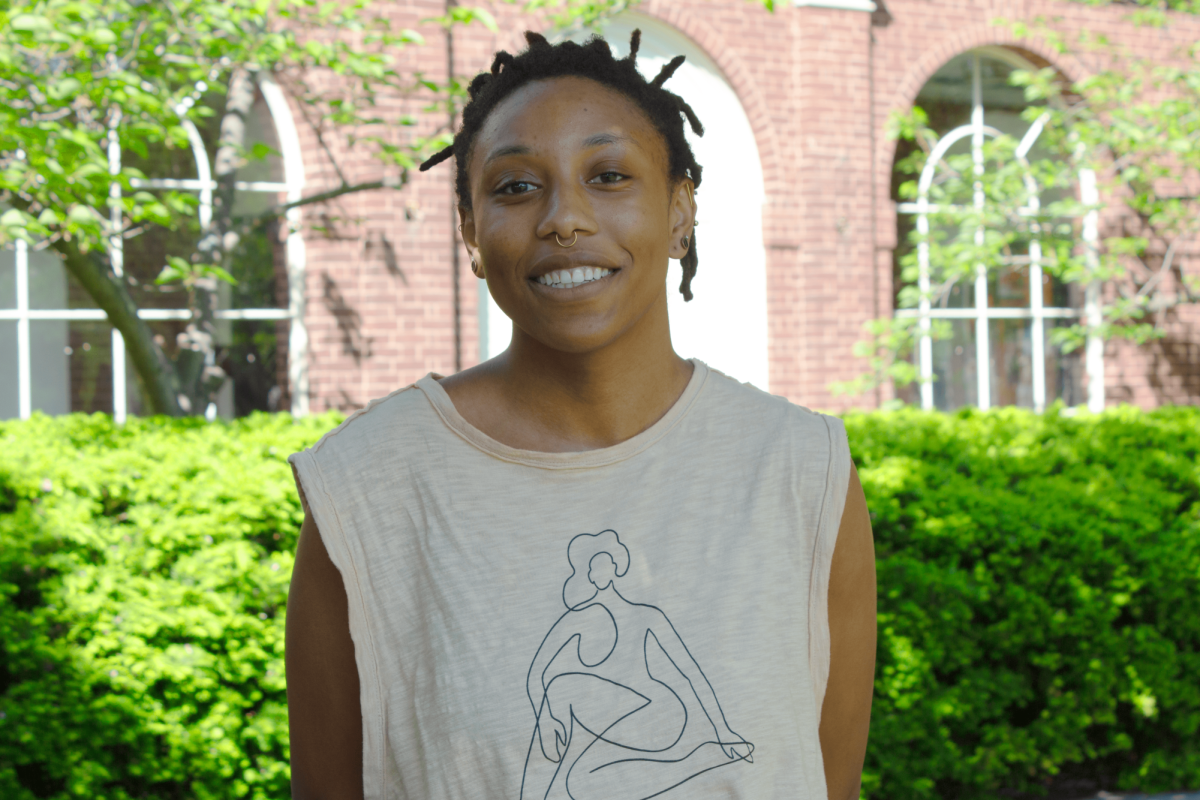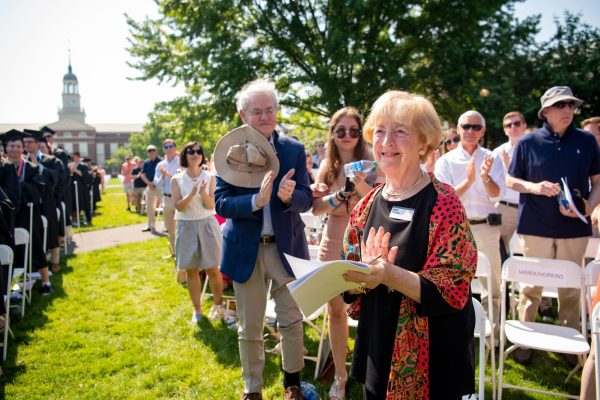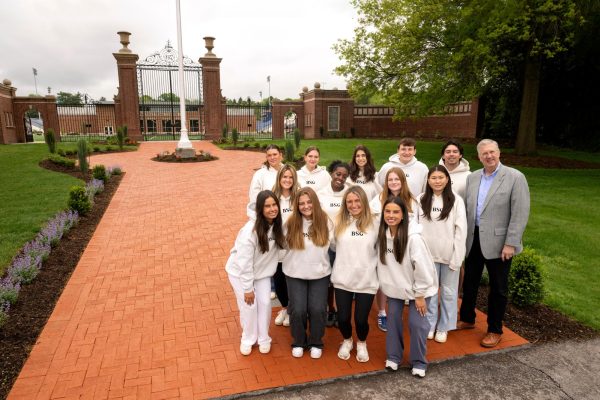Grand opening of Lewisburg’s Children’s Museum
University members play integral roles in museum design
September 21, 2017
The Lewisburg Children’s Museum (LCM) held its grand opening on Sept. 16 on the second floor of the GreenSpace Center, formerly the Lewisburg High School. The museum will serve families in the Lewisburg area through interactive, educational experiences that focus on learning and play.
Many members of the University community played integral parts in the design and preparation of the museum, both in and out of class.
The museum includes many unique exhibits, including Bodyworks by Evangelical Hospital, which allows children to explore human anatomy; a Weis grocery store exhibit and Play Cafe; a Farm Yard and Water Table to educate the local community; a Space & Science Exploration room with Mission Control; a Dig It exhibit for children to explore archeology; and a Creation Station.
Associate professor of chemical engineering and LCM president Erin Jablonski conceived the idea for LCM along with executive director Abby Gulden-Luthi ’05 after visiting a museum in January 2016. By February, Jablonski registered the business, Gulden-Luthi gathered a focus group, and then a board of directors was formed.
In February 2017, approximately one year after the first official meeting, LCM was able to establish itself in the GreenSpace building. In six months, the high school classrooms were transformed into the 9,000 sq. feet of museum space today.
“I love that we built this great place for children and for our community,” Jablonski said. “The most important thing I want people to know is that this is not the work of two people – we are part of an amazing team (boards and staff), and individuals and organizations from across the community generously contributed.”
Erika Mandt ’18, Ayla Rauhala ’18, and Anthony Nikic ’19 wrote an initial business plan for the museum in Jablonski’s “Should We Start This Company?” course. Beginning in May 2017, Haley Stodart ’19 worked as the special events intern, helping the museum with fundraising and awareness events.
“My experience at the Lewisburg Children’s Museum was nothing but enjoyable. Since my internship came to an end before the museum was finished, it was amazing to come back on Opening Day to see it completed, and to see all the children’s smiling faces as they excitedly walked through the museum!” Stodart said.
Department chair and associate professor of education Lori Smolleck, who also serves on the advisory board, taught EDUC 344: ‘Science as Inquiry’, where students were responsible for designing “an exhibit that was inquiry oriented and inspired students to explore particular scientific concepts, skills and/or phenomena,” according to Smolleck. The goal was to consider how the exhibit would enhance the museum and impact children, transcending age and experience.
“Involving my students in the process of developing exhibits takes my excitement to an entirely different level,” Smolleck said. “Having this opportunity for undergraduate students to design exhibits for the LCM not only allows them to apply their learning from Bucknell University to real life purposes, but also prepares them for their future career paths as well.”
This semester, Markets, Innovation & Design students will be designing the interior of a spaceship in the Space and Science Exploration area, where the director of electrical engineering labs Matt Lamparter has already wired a large Lite Brite and director of biomedical engineering Thomas Thul has wired the mission control console.
Other University professors were also largely involved in creating exhibit pieces; adjunct management professor Chris Kisvarday designed the BodyWorks room, and associate professor of biomedical engineering Eric Kennedy created some SOLIDWORKS. Associate professor of education Joseph Murray, associate professor of management Stacy Mastrolia, and professor of psychology Chris Boyatzis have all served on the advisory board.
A non-profit entity, the museum creates revenue through admission fees, parties and events, and donations and grants, as well as through several large fundraisers.
“Bucknell has supported us in various ways. The Community Engagement Fund gave us $9,000 to specifically dedicate to accessibility for children who are less fortunate,” Gulden-Luthi said. “As a business we need to be sustainable and successful, but we want this to be a place for all children, so we are so blessed to have gotten that funding.”
LCM also focused on making their exhibits physically accessible, ensuring enough space for parents to maneuver strollers and wheelchairs. The museum’s next project is landscaping the front entrance and adding play equipment for children. It is also considering traveling exhibits
Gulden-Luthi, who has a background in higher education, emphasized how important it is for the museum to have universities nearby, especially when it comes to recruiting student volunteers. LCM offers openings for work-study eligible students, as well opportunities to volunteer.
“The student involvement has been amazing. The office of civic engagement has already sent students over to help us; there were 40 students the last time that they sent students over,” said Gulden-Luthi. “Fraternities and sororities have been extremely helpful too and are very interested in doing their service hours with us. We really appreciate all of that.”
“Now our doors are open and we can thank everyone, in part, by showing them what they have made possible,” Jablonski said. “I hope the museum will be a place to make happy childhood memories for years to come.”
